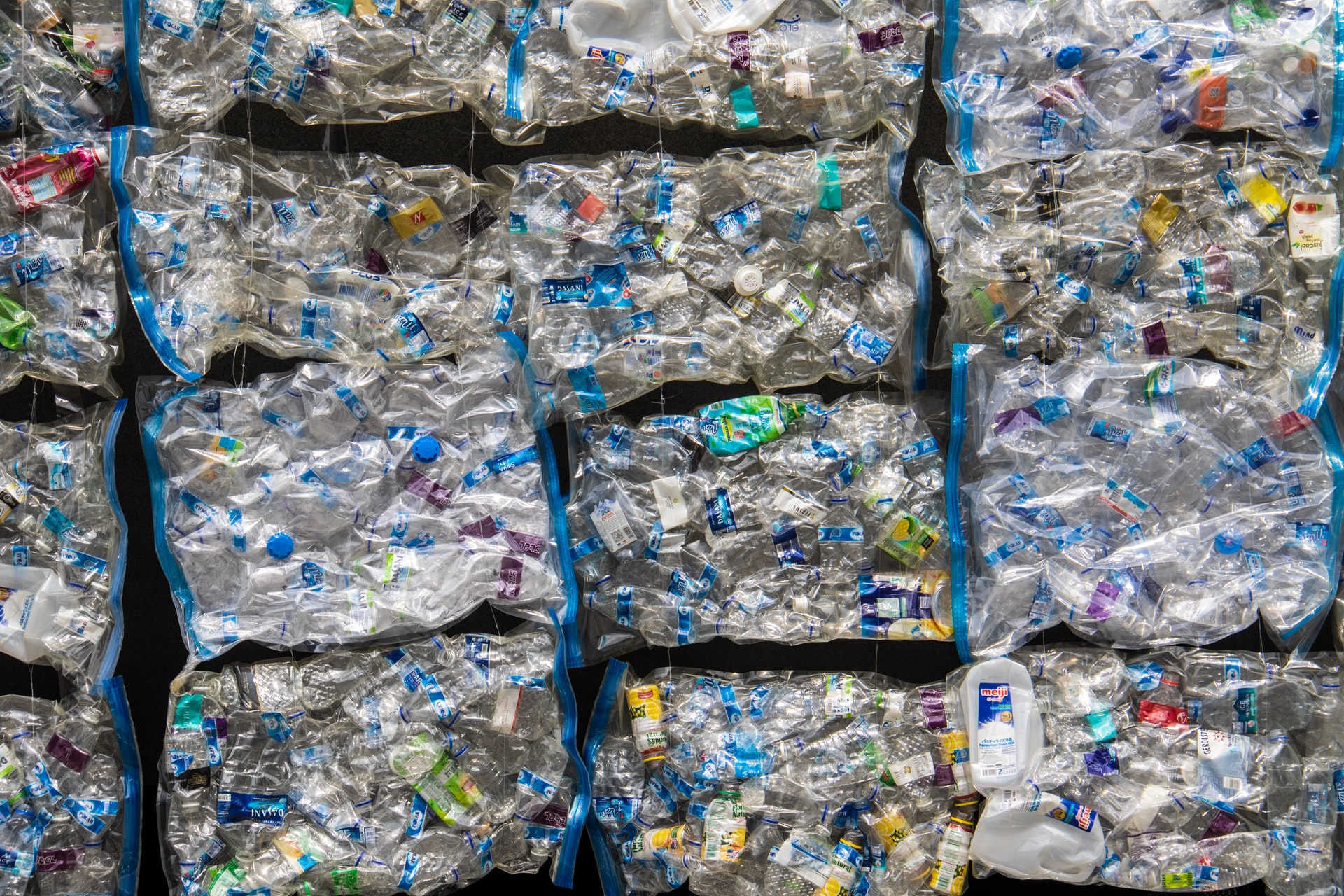Circumventing landfills by turning garbage into energy sounds like a win-win proposition. But the incineration of garbage has high carbon emissions and produces other dangerous toxins. Waste-to-energy (WtE) plants may be necessary for the very last of unrecyclable waste, but we do not need more of them to accomplish this. Already recycling has cut into their feed supply – and should, hopefully, put them out of business.

License: Public Domain, Credit: © Nick Fewings
WtE is big business in Europe: in the EU, the quantity of household waste incinerated in the continent’s 500 stations shot up from 32 million tonnes (67 kg per capita) in 1995 to 70 million tonnes (136 kg per capita) in 2018. Moreover, this household waste, with industrial waste thrown in, accounted for about 2.4% of the EU’s total energy supply in 2018. 18 million Europeans receive power and 15 million heating from the WtE process.
Today about a third of Europe’s waste is burned, most of that in plants that through the combustion process generate heat, but also power. Fossil fuels are thus displaced by this energy production. Proponents say that European WtE incinerators’ generation of heat and power prevent the production of up to 50 million tons of CO2 emissions a year that would otherwise be generated by burning fossil fuels. And just as rosy: landfill dumping, the most emissions-intensive of waste disposal methods, is also circumvented. Landfilling in Europe has plummeted by 56% since 1995. Bravo!
The truth about WtE, however, is dirtier. For one, in 2019 EU-based incinerators emitted 52 million tonnes of fossil CO2 – more than the annual greenhouse gas emissions of Portugal. The European Environment Agency estimates that the average carbon intensity (CO2e/kWh) of Europe’s energy sources – namely fossil fuels, nuclear, and renewables – is 249g CO2e/kWh. This means that, on average, the equivalent of 249 grams of CO2 is released for every kilowatt hour of electricity generated. A typical combined-cycle gas turbine power plant produces electricity with a carbon intensity of around 340gCO2e/kWh.
The carbon intensity of incineration could be as high as 550g CO2e/kWh – thus double of that of the EU grid average. The incinerators’ emissions are so problematic that the EU has discontinued their funding – previously a major source of WtE investment.
“Once we phase out coal, incineration becomes the most polluting source of energy,” Janek Vähk of Zero Waste Europe, a Brussels think tank, told Clean Energy Wire. “Each ton of incinerated waste raises the carbon impact of the EU’s energy system and, critically, undermines the EU’s 2050 net-zero emissions target.”
And there are other drawbacks, too. For one, the incineration process emits toxins into the air, which contaminate surrounding lands and waters. A Dutch study disclosed that a WtE plant near Harlingen emitted toxic emissions that found their way into the bloodstreams of livestock.
And then there is the leftover from the incineration process, called fly ash, a hazardous waste. Its metals content requires specific handling, disposal, and treatment, usually winding up in landfills. While efforts are in process to try to recover some of these metals for reuse, this hasn’t really panned out, yet.
The alternative to WtE is the circular economy, which in Europe is shifting into high gear as a raft of directives, packages, and action plans take effect. Ever more waste is being recovered and recycled, and this will only increase in years to come. That also applies to plastics, even if that material remains the biggest problem to the transition to a circular economy. For the WtE industry, plastic is gold – so full of oil that it is basically a fossil fuel.
This will leave the incinerations high and dry, with no business model that turns a profit. ZWE and Öko-Institut, a German think tank, argue that, “Once plastics fall out of the waste load as well as more recyclable refuse, such as paper, wood, and gas, the WtE isn’t going to have much left to burn. It will be just wet biomass, like coffee grounds and ice cream cartons. This doesn’t have much energy value at all.” Environmental groups ZWE and BUND also worry that the construction of new plants will create a “lock-in effect” and disincline locals to recycle.
The industry, though it professes the opposite, hopes that Europe’s plastic strategy flops, and indeed presently there are far too few recycling centers to process the plastics that users dutifully toss into the recycling bins. This, though, can change once the recycling industry sees broad investment in more centers as lucrative and secure. Once again – as with renewables expansion, storage, demand management, and many other options – it’s a matter of the right markets and market signals.
This is why no more WtE plants should be built. The best 100 or so that Europe has will be more than enough to handle the very last of the waste that can’t be reintroduced into the economy or used as biomass. If there is no business model that enables the branch to cover costs, then they have to be paid on a special basis as a system-relevant capacity, the way gas-fired plants are to provide backup service. (These gas plants are switched on upon the request of system operators to ensure reliable electricity supply. The objective is to be able to supply electricity at short notice in order to ensure system stability.)
More WtE stations simply are not necessary nor do they fit into the larger picture of a low-carbon Europe with a functional circular economy. They will become stranded assets, a cost that somehow the consumer will end up paying.